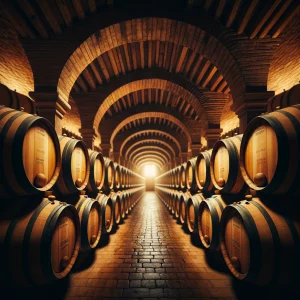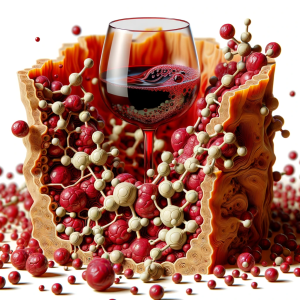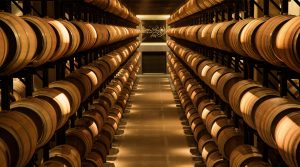Are you looking for information about wine bottle sizes? Do you want to know more about the size of wine bottles and the names attributed to each of them?
Wines can be classified according to different criteria, such as the size, size or colour of the bottles. In the following Taca de Vi article, we tell you everything in detail so that you can become a real expert on the subject.
If you want to delve much deeper into the incredible world of wine, we recommend that you take a look at one of our oenology courses in Barcelona, where you can enjoy explanations and tastings in small groups.
Classification of wine bottles
Bordeaux bottle
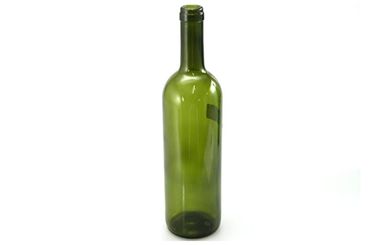
Probably the most common shape of wine bottles around the world, this distinctive design can be traced back to Bordeaux, the most iconic of wine regions. Straight-sided, tall and proud, with a pair of highs, tapering shoulders leading into a straight neck, it is a design that can be seen in almost every wine-producing country in the world. The grapes most commonly associated with the Bordeaux bottle are: Merlot, Malbec, Cabernet Sauvignon, Cabernet Franc, Semillon, Sauvignon Blanc and Chenin Blanc, i.e. all the key Bordeaux varieties.
Burgundian bottle
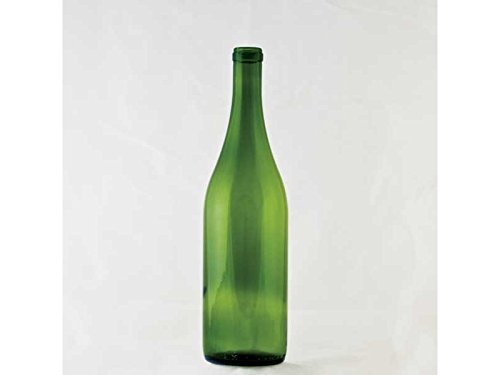
This is the most sensual: wide at the base and with smooth, flowing lines that curve upwards into a shorter neck. It has few straight edges and no shoulders, preferring a wavy slope towards the top. The grapes most commonly associated with the Burgundy bottle are Chardonnay and Pinot Noir.
Rhine bottle
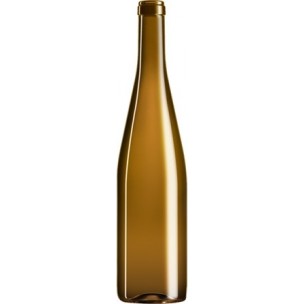
Similar to the Burgundy bottle but narrow bottom. However, the bottles tend to be slightly taller, with a longer neck. Traditional German wines from the Rhine Valley also often bear an embossed insignia or crest. The grapes most commonly associated with this bottle are Riesling and Gewurztraminer.
Champagne bottle

Essentially the same as the Burgundy bottle, but made from much thicker and heavier glass (vital to withstand the pressure of all those bubbles). Traditionally, it also has a large hole in the bottom (the indentation at the bottom). This style of bottle has been imitated by most of the world’s sparkling wine producers.
Jerez bottle

Tall, slender and elegant, the sherry bottle comes from Spain. The region of Jerez developed its own typical type of bottle, which is known as the sherry bottle. In its present form, this bottle is similar to the classic cylindrical Bordeaux bottle, but has straighter shoulders and a longer, more pronounced neck. It also has two subtle notches (above and below the label) and is usually made of dark glass to protect the contents from sunlight. It is used for fine wines from Jerez, manzanillas, as well as some liqueurs from Portugal.
Wine bottle sizes
There are twelve sizes of wine bottles, from 18.7 cl (187 ml) to 18 liters, although EU legislation currently sets a limit of 10 liters for wine and 9 liters for sparkling wine.
Bottles up to 3 liters are simply named after their size, while larger bottles derive their names from biblical figures. The origin of this convention is uncertain.
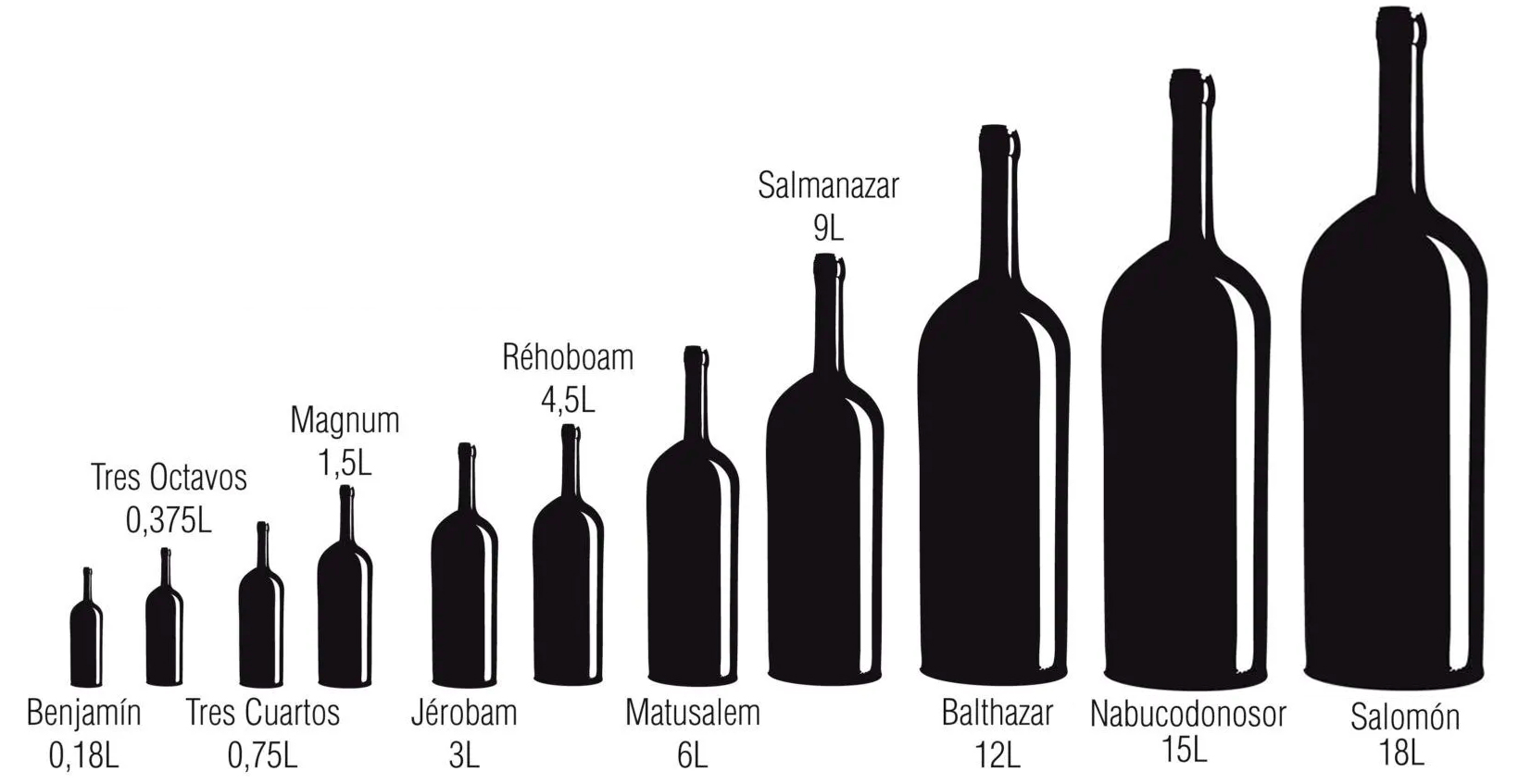
- 18-37 cl Benjamin Bottle, Piccolo or Split: a bottle commonly used for individual portions in the hotel, travel and catering sectors.
- 37 ml Half Bottle or Demi.
- 75 cl Standard or regular wine bottle: the bottle you will most often find on the shelves of your local wine shop.
- 1.5 liter Magnum: Equivalent to two standard bottles of wine. 3 litre Double Magnum is equivalent to the capacity of four standard bottles of wine.
- 4.5 liter Jeroboam: holds six standard bottles of still wine. For sparkling wine, a Jeroboam is usually the capacity of a Double Magnum and a 4.5 litre bottle for champagne and sparkling wine is called a Rehoboam.
- 6 liter Imperial: holds eight standard bottles of still wine. Its sparkling wine equivalent is called Methuselah.
- 9 liters Salmanazar: equivalent to 12 standard bottles.
- 12 liters Balthazar: equivalent to 16 standard bottles.
- 15 liters Nebuchadnezzar: equivalent to 20 standard bottles.
- 18 liters Solomon: equivalent to 24 standard bottles.
Wine bottle colours
Wine bottles come in various colours, but the most common colours are dark green and amber. Let’s take a closer look below:
Flint, super flint

Nowadays, most white and rosé wines are bottled in clear glass. There seems to be a good reason for this: these two styles of wine are appreciated for their clarity and soft colour range, and by observing the different shades of the wine in the bottle, you can make a guess as to the character you will find in the glass.
Champagne green, antique green, leaf green

These bottles offer more UV protection than clear bottles (about 60%), which helps preserve your product as it ages and prevents oxidation and discolouration. In the lighter green bottles, we usually find the youngest wine, while the dark green bottles store crianza or long aging periods.
Amber or topaz

Green glass helps protect against 90% natural sunlight, which can break down desirable antioxidants such as vitamin C and tannins in a wine over time, affecting storability. Dark glass can prevent oxidation and increase storage life. All red wines that need more time to age, crianza and reserva reds should be stored in a darker coloured bottle, such as antique green or amber, as well as crianza whites.
Black
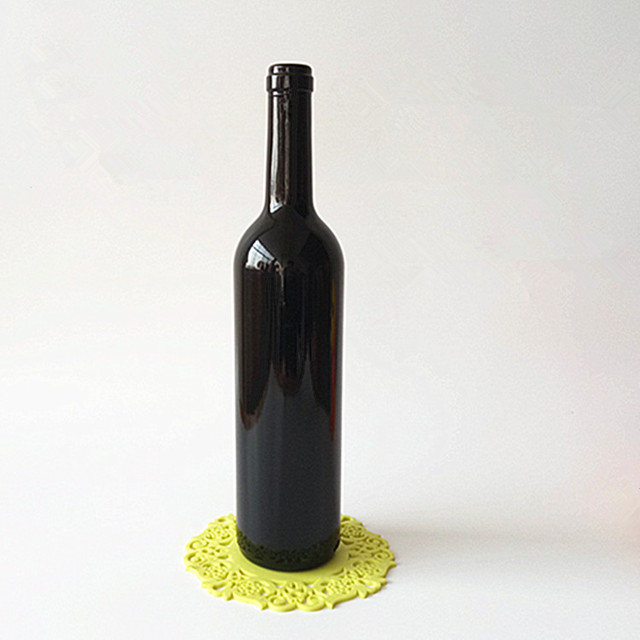
Finally, we can also find black bottles on the market, which in addition to providing maximum protection, also add a touch of elegance and distinction. They are usually used for special red wines, such as crianza and reserva red wines and sherry wines.
Now that you know some much more specific aspects about wine bottles, we recommend you to do some wine tasting or tour to deepen even more what you have learnt, such as the Barcelona vineyards tour or the Madrid vineyards tour. What are you waiting for?




